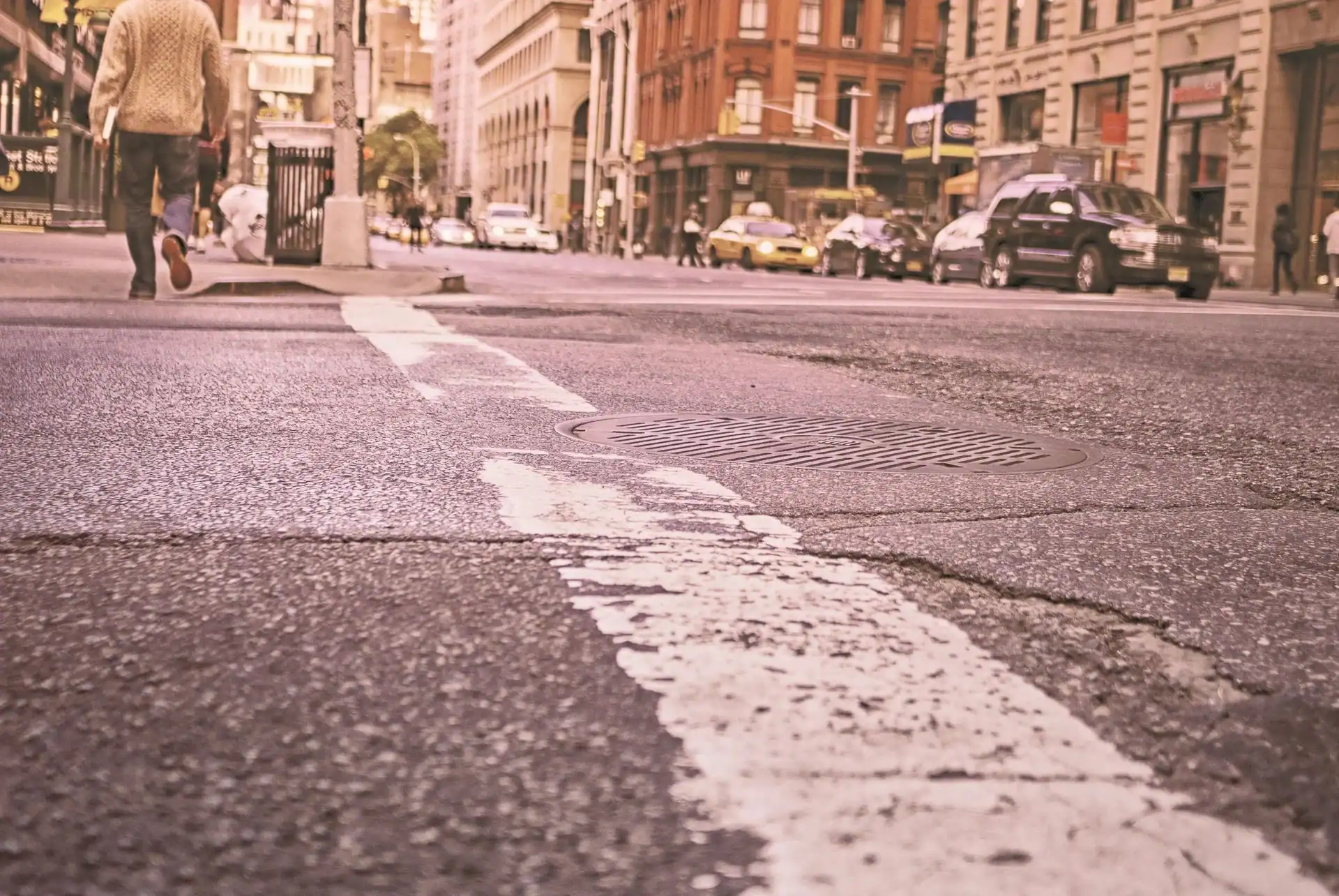This past week I have been on a podcast binge, working through the long list of episodes I had abandoned the past few weeks. An episode from 99% invisible, specifically episode 263- You Should Do a Story, introduced a concept I had yet to hear of: Desire Paths.
For those of you who, like me, have not heard of this term, a quick wikipedia search with provide you with this definition: A desire path (formally referred to as desire line in transportation planning) can be a path created as a consequence of erosion caused by human or animal foot-fall or traffic. Simply put, they are unplanned paths that result from repeated use.
Desire Paths can be found everywhere you look. On college campuses, it is the worn path left behind from the daily shortcut students take through the grass. In the winter, it is the paths we create when all the sidewalks and pre-determined paths are covered by snow. In the woods, it is the beaten path of hikers creating their own trail.
So what does this have to do with design? A lot.
The first, and most obvious, application for utilizing desire paths is in architecture. Landscape architects place paths which they anticipate people will follow. Desire paths are evidence that people often create their own routes, based on what they determine to be the most convenient or enjoyable. Experiments that use desire paths to inform architects PRIOR to adding permanent infrastructure will allow space to be better utilized and/or preserved.
In transportation planning, desire paths (referred to as desire lines within this context) can translate into new bus routes or other urban transit solutions that follow the desired A to B route. A revealing use of desire lines is looking where snow-covered roads are left untouched by cars. These “sneckdowns” are prime locations for curb extensions; if the space isn’t needed when there is snow, then it isn’t needed at all.
This concept can be applied beyond the physical paths we create. Usability designers study desire paths to understand genuine interaction between humans and technology. When there is desire or need, humans will figure out a way to get from one point to another. It might be by utilizing software in a way it wasn’t initially intended, or choosing actions that don’t correlate to the designer’s wireframes. These desire paths bring transparency to user purpose and help designers further innovate.
Sources/Additional Reading:
http://99percentinvisible.org/article/least-resistance-desire-paths-can-lead-better-design/
http://dailygrid.kinja.com/desire-lines-are-the-real-future-of-urban-transit-1566186934
There is a flickr group dedicated to desire paths!
Lindsay Schultz
Researcher at CHOi Design Inc.
7/13/17
